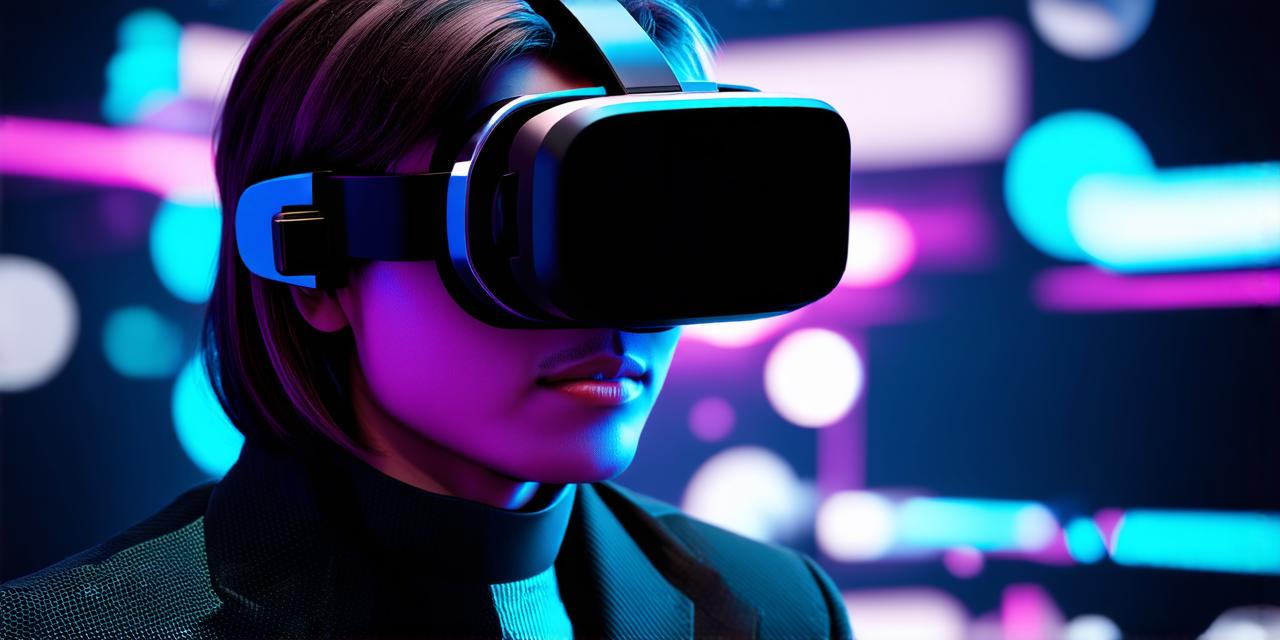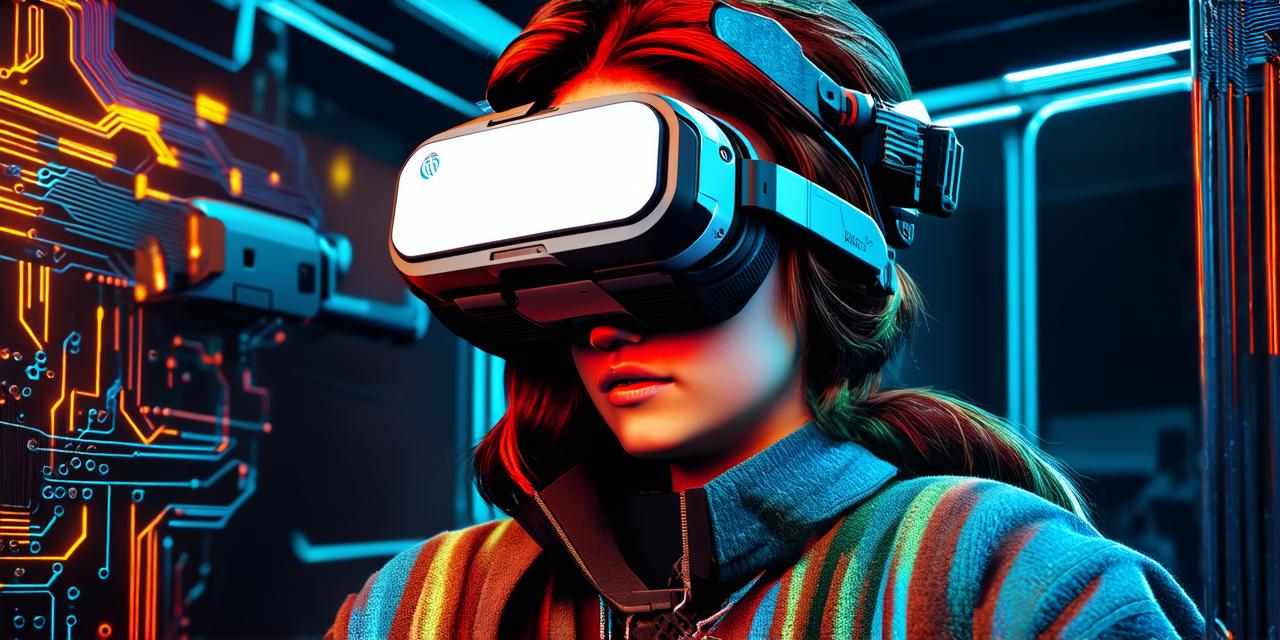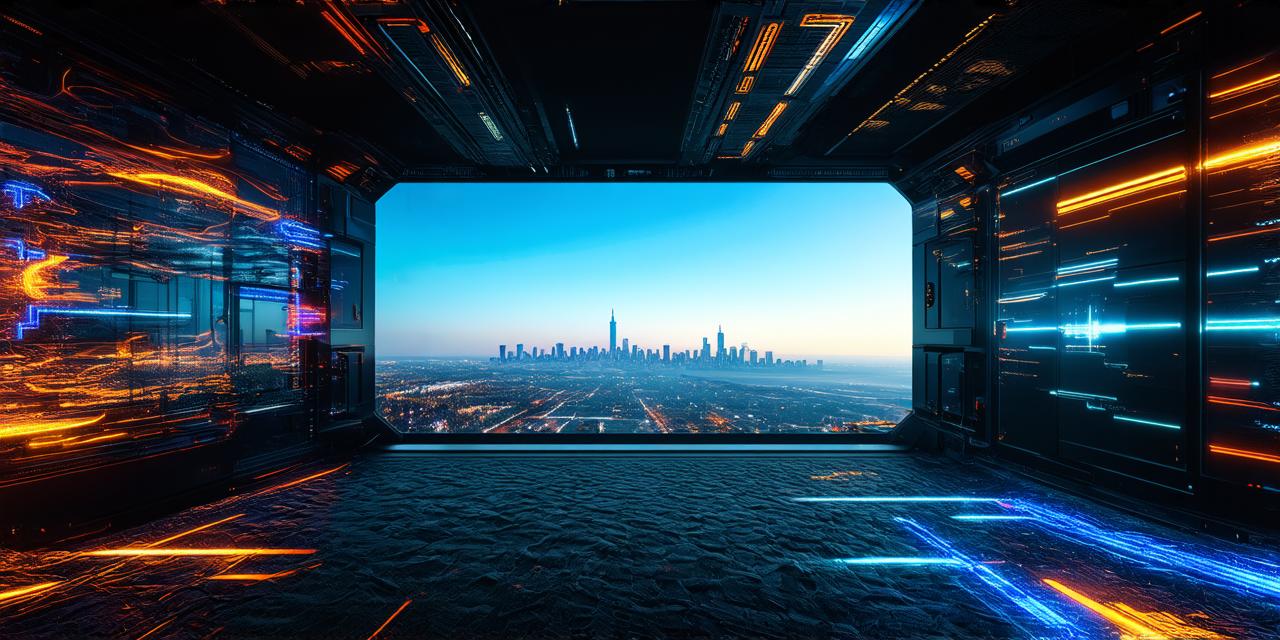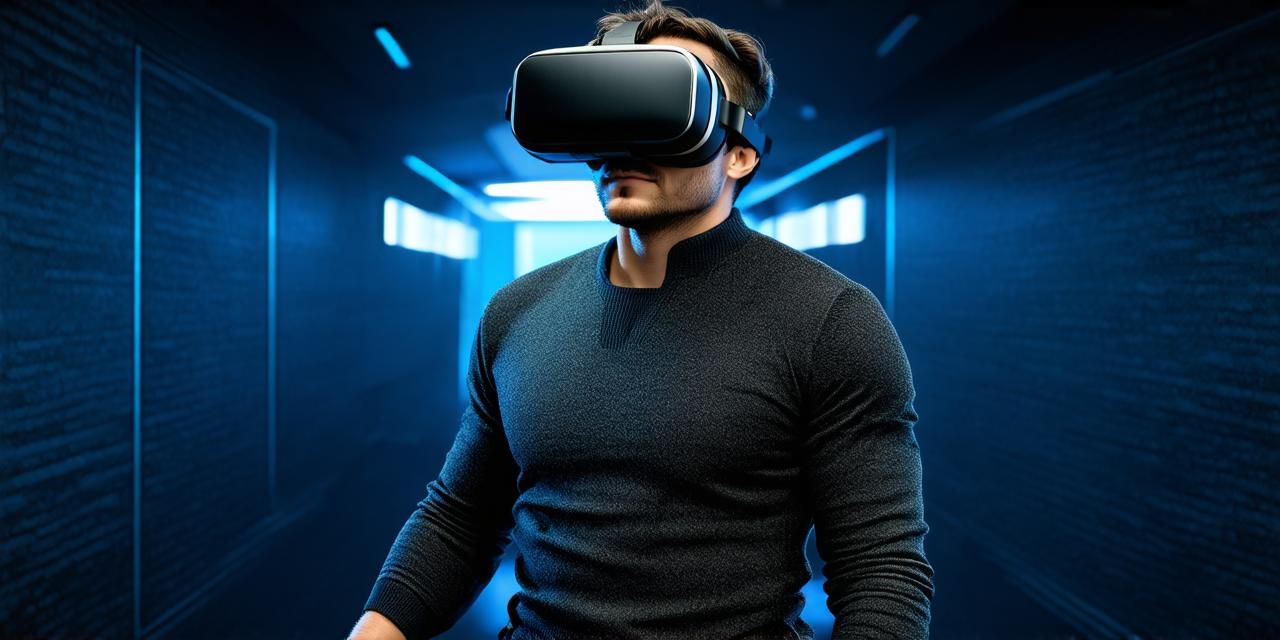Virtual reality (VR) is a technology that allows users to experience a simulated environment as if they were actually in it. The immersive nature of VR can make it difficult to accurately describe the experience, but here are some tips on how to effectively communicate what it’s like:
What is Virtual Reality?
Virtual reality is a computer-generated simulation that creates an artificial environment for users to interact with. It typically involves a headset or display device, controllers or input devices, and sensors that track the user’s movements. VR technology can be used in a variety of applications, including gaming, education, training, and medical treatments.
What is the Difference Between Virtual Reality and Augmented Reality?
While virtual reality simulates an entirely artificial environment, augmented reality (AR) enhances or “augments” real-world environments with digital elements. AR technology can be used to overlay information on top of the physical world, such as through a smartphone app that allows users to see additional information about a landmark or building.
How Does Virtual Reality Work?
Virtual reality works by creating a 3D environment for the user to explore. This is typically done using stereoscopic displays, which display slightly different perspectives from each eye to create a more realistic experience. Additionally, sensors track the user’s movements and adjust the virtual environment accordingly. For example, if a user moves their head or body, the virtual world will adjust to reflect that movement.
What is Immersive Virtual Reality?
Immersive virtual reality refers to a highly immersive VR experience in which the user feels completely surrounded by the simulated environment. This is often achieved through the use of advanced graphics and sound technology, as well as sophisticated tracking systems that can accurately track the user’s movements. Immersive VR can create a sense of presence and realism that is difficult to achieve with other forms of media or entertainment.
How Do You Choose the Right Virtual Reality Headset?

There are many virtual reality headsets available on the market, each with its own features and capabilities. When choosing a VR headset, it’s important to consider factors such as resolution, refresh rate, field of view, and tracking accuracy. Some headsets may also be more comfortable or easier to use than others, so it’s worth considering those factors as well.
How Do You Describe the Virtual Reality Experience?
Describing the virtual reality experience can be challenging, but here are some tips on how to effectively communicate what it’s like:
-
Use sensory language: Try to describe the experience in terms of what you see, hear, feel, and even smell. For example, instead of saying “the sky is blue,” try describing the color as a vivid shade of blue that fills your vision.
-
Use comparisons: Comparing the virtual reality experience to other things can help others understand what it’s like. For example, you could compare the feeling of weightlessness in VR to the sensation of floating in water.
-
Emphasize the immersive nature: Virtual reality can create a sense of presence and realism that is difficult to achieve with other forms of media or entertainment. Try to convey the sense of being transported into a different world, and how that feels.
In Summary
Virtual reality is a fascinating and immersive technology that has the potential to revolutionize many industries. Whether you’re an experienced VR user or just starting out, there’s always more to learn about this exciting new technology. By understanding how virtual reality works, choosing the right headset, and effectively describing the experience, you can fully immerse yourself in a simulated world and explore its endless possibilities.



